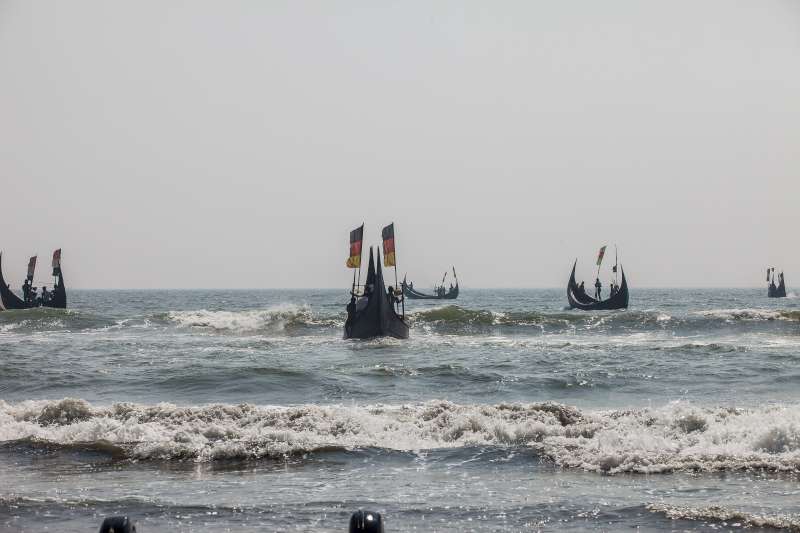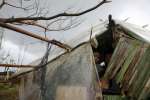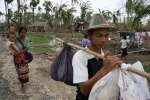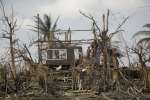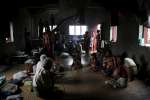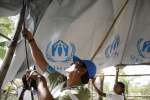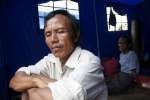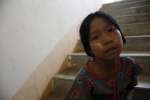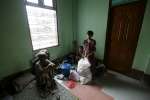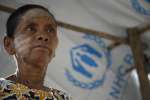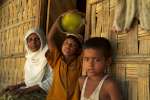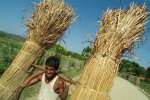- Text size
 |
|  |
|  |
| 
- عربي
UNHCR urges governments to continue high seas live-saving operations
News Stories, 12 May 2015
GENEVA, May 12 (UNHCR) – The UN refugee agency on Tuesday called on governments in South-east Asia to step up search-and-rescue efforts and keep their borders open, amid continuing reports that thousands of people are stranded on smugglers' boats between the Andaman Sea and the Straits of Malacca.
"Our partner, the Thailand-based NGO, The Arakan Project, estimates that several thousand people – believed to be mostly Rohingya and Bangladeshi nationals – could be adrift at sea as smugglers abandon them to avoid arrest in the wake of recent crackdowns in Thailand and Malaysia," spokesman Adrian Edwards said in Geneva.
"UNHCR welcomes the rescue of hundreds of people off the coast of Indonesia and Malaysia in recent days. Through various sources we have been alerted that there could be more such boats in the region that still need to be located and assisted. UNHCR appeals to governments to continue their life-saving operations to find and safely disembark the passengers, many of whom are believed to be in a weakened state after days, possibly weeks with little food and water," he added.
UNHCR staff have been on the ground to talk to the survivors in support of government efforts. In Thailand, where more than 230 smuggling victims have surrendered to the police in recent days after they escaped or were abandoned in smugglers' camps, UNHCR teams are distributing relief items and providing counselling.
In Indonesia, UNHCR has sent a team to Lhoksukon in northern Aceh to assist the government in interviewing groups rescued by the Indonesian navy over the weekend and provide them with protection.
In Malaysia, local authorities say 1,093 people – including many believed to be Rohingya – arrived by boat in Langkawi on Sunday. A UNHCR staff member is currently in Langkawi to meet with the authorities and local contacts. "We are aware of the challenges of managing such a humanitarian emergency, and we have offered our assistance to the government," Edwards said.
While those involved include both asylum-seekers and migrants, the first priority is humanitarian relief, followed by the identification of those in need of international protection.
UNHCR urges against indefinite detention of those rescued, who should be given access to basic rights and services including family unification, shelter, health care and, where possible, the right to work while longer-term solutions are sought. The agency stand ready to help address the root causes of the outflow, including the resolution of longstanding citizenship issues for the Rohingya.
